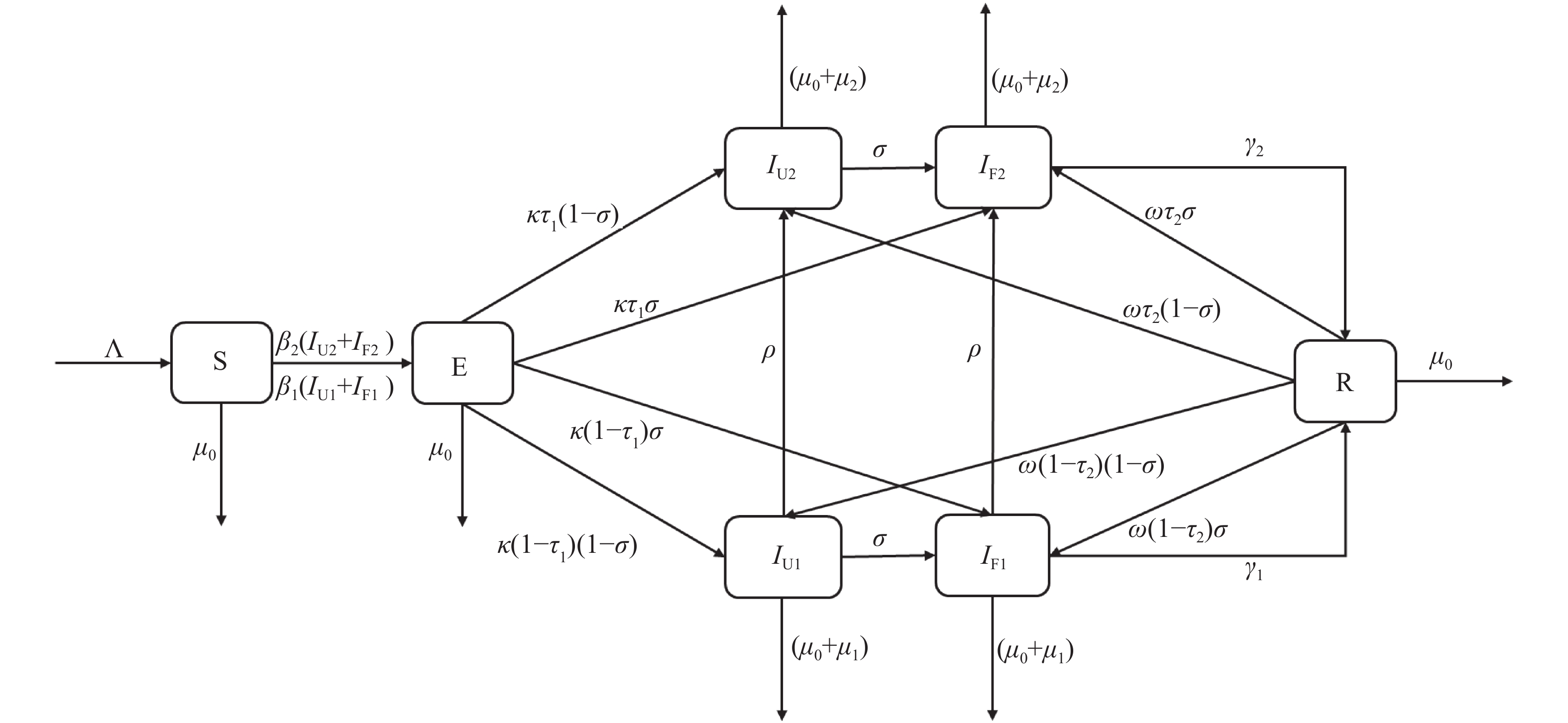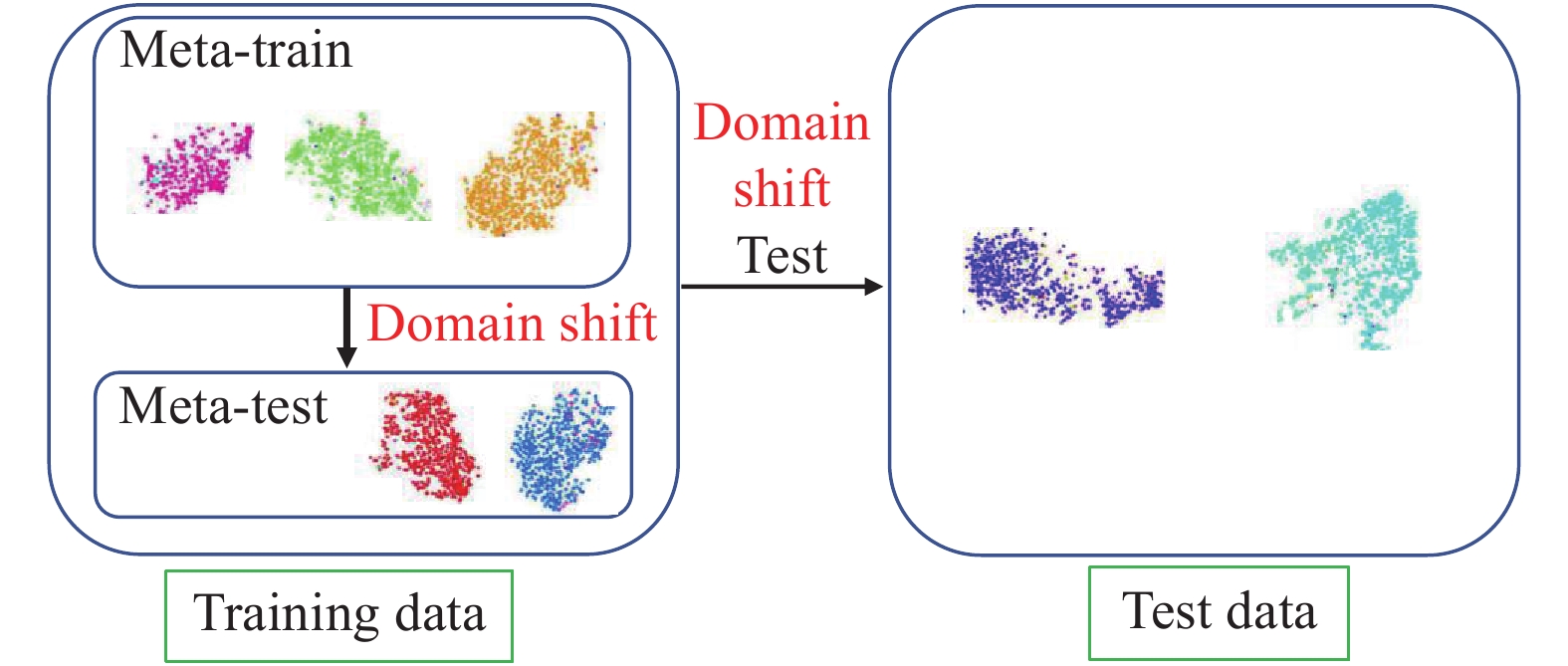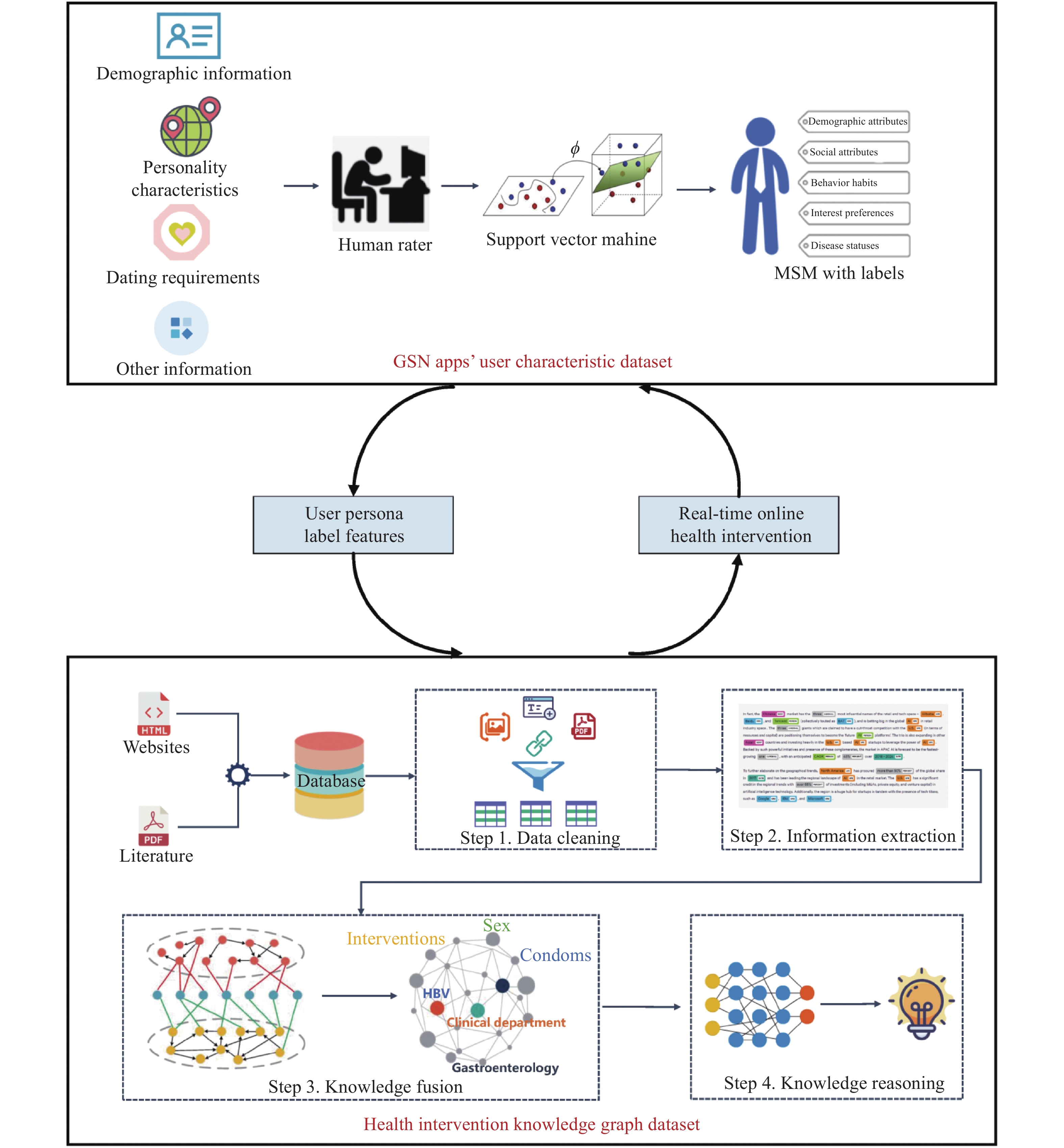2020 Vol. 2, No. 52
What is already known on this topic?
Despite the impressive achievements in eliminating tuberculosis (TB), the TB burden is still heavy in China. By 2010, China halved the prevalence and mortality reported in 1990, but China is still one of 30 high-TB burden countries in the world.
What is added by this report?
A dynamic transmission model including both rifampin resistant TB (RR-TB) and relapse of pulmonary TB was created. The TB incidence of Shanghai in 2025 and 2035 was predicted, and sensitively analysis of reducing transmission, treating latent TB infection (LTBI), and reducing the recurrence rate was conducted.
What are the implications for public health practice?
Screening for latent TB infections should be carried out regularly in high-risk groups and areas using tuberculin skin testing and/or interferon gamma release assays.
The exact number of incident cases of emerging infectious diseases on a daily basis is of great importance to the disease control and prevention, but it is not directly available from the current surveillance system in time.
In this study, a Bayesian statistical method was proposed to estimate the posterior parameters of the gamma probability distribution of the lag time between the onset date and the reporting time based on the surveillance data. And then the posterior parameters and corresponding cumulative gamma probability distribution were used to predict the actual number of new incident cases and the number of unreported cases per day. The proposed method was used for predicting COVID-19 incident cases from February 5 to February 26, 2020. The final results show that Bayesian probability model predictions based on data reported by February 28, 2020 are very close to those actually reported a month later.
This research provides a Bayesian statistical approach for early estimation of the actual number of cases of incidence based on surveillance data, which is of great value in the prevention and control practice of epidemics.



 Subscribe for E-mail Alerts
Subscribe for E-mail Alerts CCDC Weekly RSS Feed
CCDC Weekly RSS Feed


